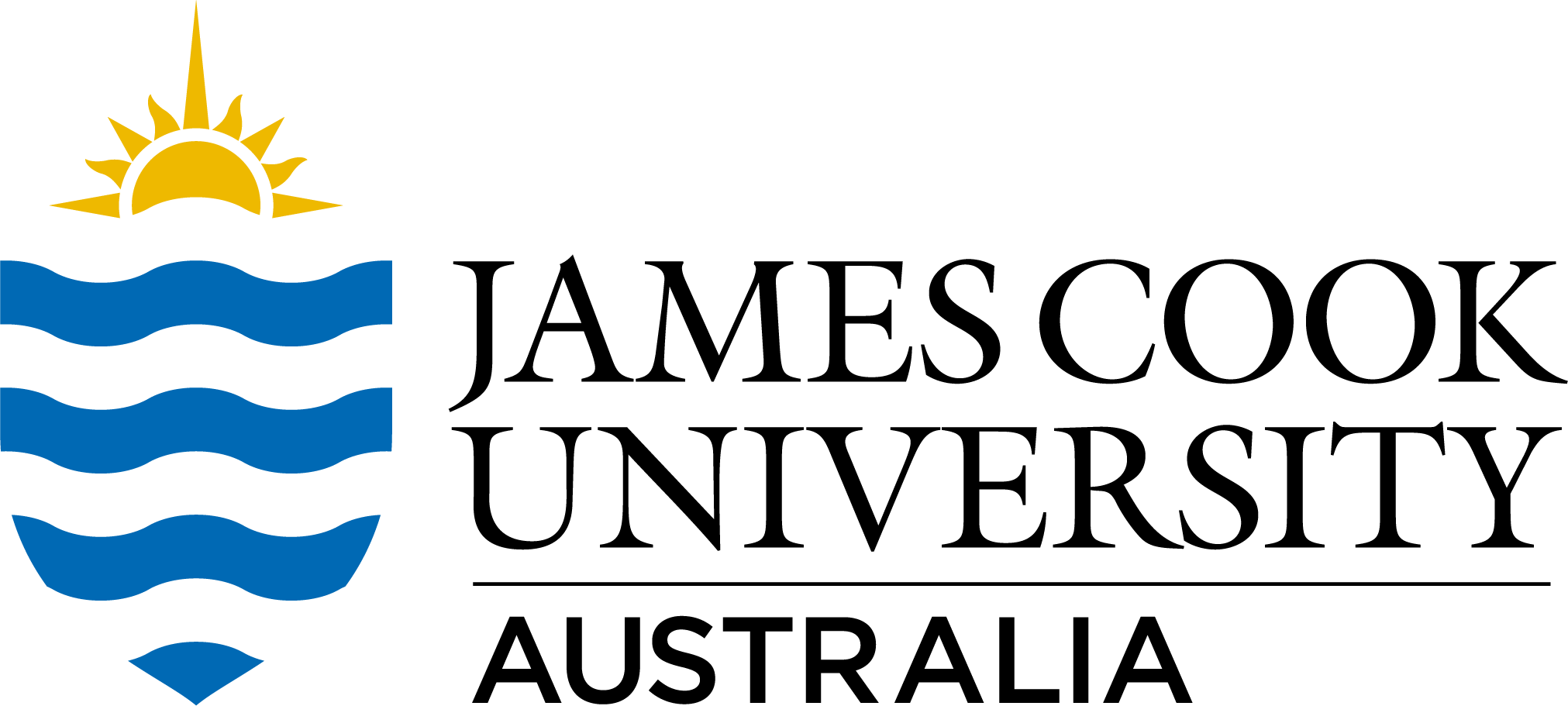Full description
The following dataset was collected as part of a PhD thesis candidature.
Data provides Hamuli armature measurements of Dactylogyrus, Gyrodactylus, Trianchoratus and Urocleidoides parasites collected from imported ornamental fish species.
More than 1000 parasites were identified from 31 ornamental fish consignments examined for monogenean parasite fauna. One hamulus per pair from each individual monogeanean was measured to facilitate species identification. The full methodology for parasite collection/preparation and measurement is included in the Related Publication, available from the link below.
Hamuli mounted on glass slides for each species were accessioned to the Australian Helminth Collection (AHC) at the South Australian Museum, Adelaide (SAMA, AHC 36559–36609), and sequenced data was accesioned in the National Center for Biotechnology Information (NCBI) (MF356235-52).
This dataset is available as a spreadsheet saved in MS Excel (.xlsx) and Open Document format (.ods) and consists of 7 worksheets:
- Metadata
- Prevalence and intensity (data used in Table 1 of the data chapter and publication)
- Hamuli measurement publication (data used in Table 2)
- Parasite count
- Dactylogyrus_Hamuli_measures
- Trianchoratus_urocleioides_measures
- Gyrodactylus_Hamuli_measures
Created: 2018-08-30
Data time period: 12 01 2015 to 31 10 2015
text: Following release by Quarantine Services (Department of Agriculture and Water Resources), fish were transported to an Approved Arrangement Laboratory at the Sydney School of Veterinary Sciences, University of Sydney, Camden, Australia
User Contributed Tags
Login to tag this record with meaningful keywords to make it easier to discover
- DOI : 10.25903/5B874DF2ECC9A

- Local : researchdata.jcu.edu.au//published/6df099ccb2f22d0d5651238383b538de
- Local : adc87586eb5419e952ac8ff1473a388b


